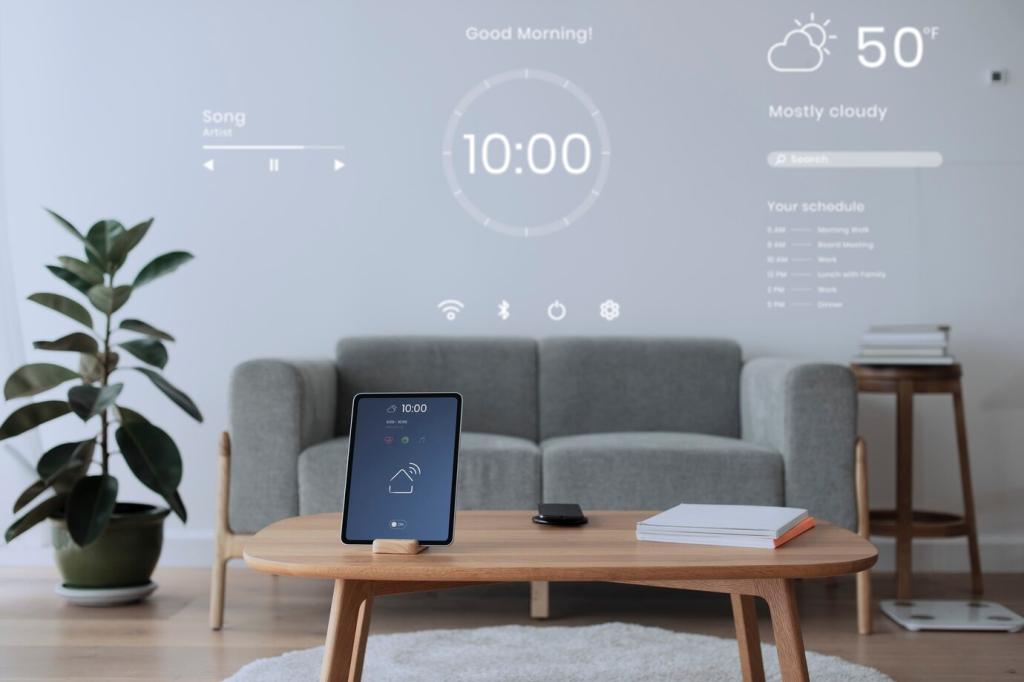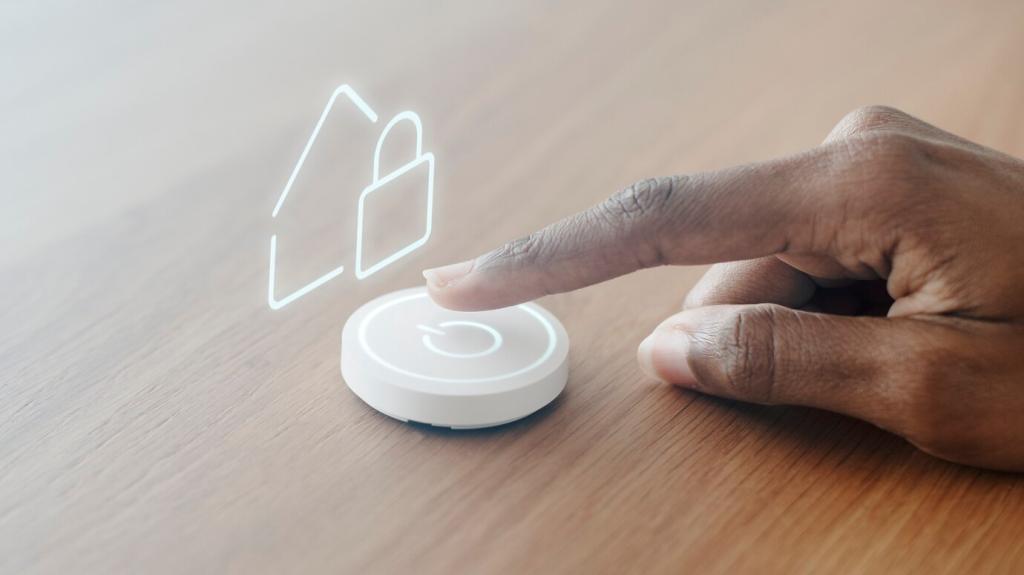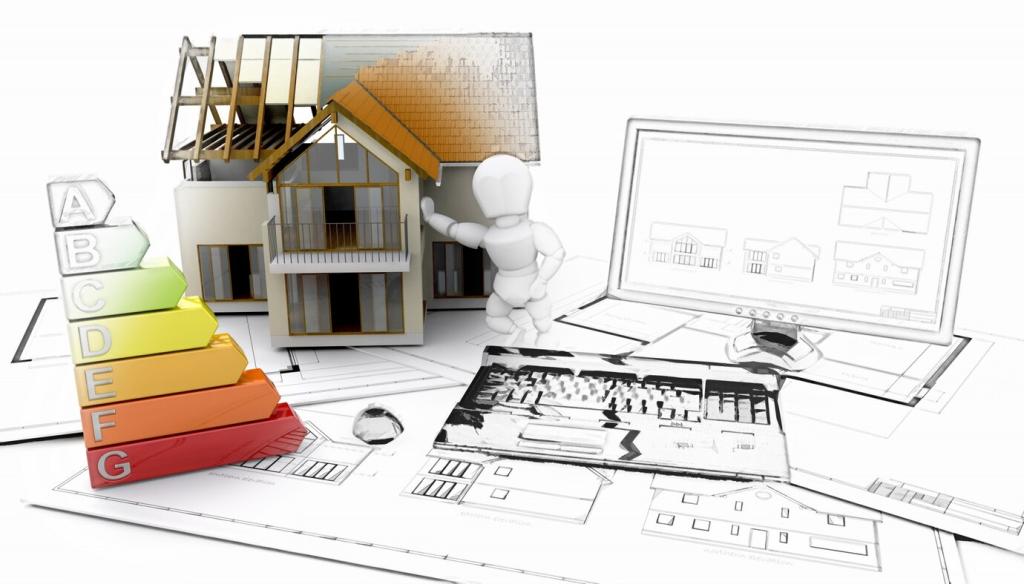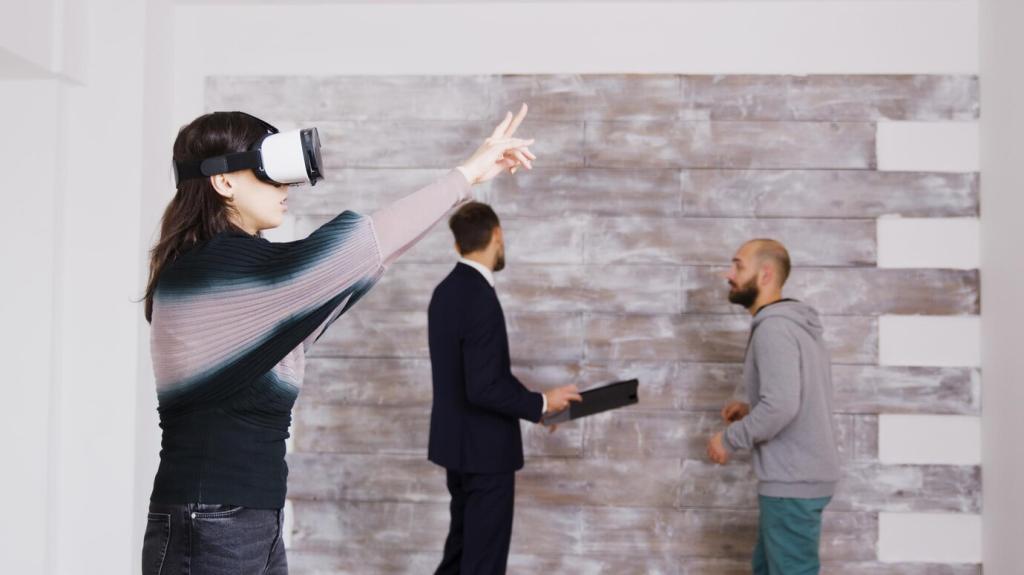Advancements in Smart Home Automation
The evolution of smart home automation has fundamentally transformed modern living, offering unprecedented convenience, security, and energy efficiency. As cutting-edge technologies integrate seamlessly into our daily routines, homes are becoming more intelligent, responsive, and personalized. From voice-activated assistants to intuitive climate control systems, the smart home revolution is redefining how we interact with our living spaces. This rapid advancement not only enhances comfort and productivity but also paves the way for a more sustainable and interconnected future. Below, explore the latest innovations and key areas of progress in smart home automation.
Voice Assistant Integration
Recent improvements in natural language processing allow voice assistants to comprehend more complex phrases and requests with greater accuracy. Instead of having to remember specific commands, users can speak naturally and trust the system to figure out their intentions. This makes interacting with smart home devices feel more like a conversation, reducing barriers for all ages and abilities. The technology’s capability to interpret context and nuances sets it apart from earlier, more rigid voice-interaction systems. Ultimately, this leads to a more seamless and human-centric smart home experience.
Previous
Next
Previous
Next
Advanced Security and Surveillance
Modern surveillance cameras utilize artificial intelligence to recognize people, animals, and objects, distinguishing between regular activity and potential threats. This reduces false alarms and provides more relevant notifications to homeowners. Facial recognition, package detection, and even license plate reading are now possible, ensuring timely, actionable information. All footage is accessible remotely for real-time monitoring, further enhancing security.
Smart locks and access systems allow homeowners to manage entry or restrict access remotely. Temporary digital keys, biometric authentication, and activity logs provide both flexibility and accountability. Automated routines, such as unlocking the door upon recognizing the homeowner’s phone or voice, streamline entry while maintaining strict security protocols. These solutions eliminate the traditional risks associated with physical keys and improve monitoring.
Comprehensive alarm networks now incorporate sensors for motion, glass breakage, smoke, fire, and environmental hazards. Integrated with other smart devices, alarms can trigger lights to flash, security cameras to record, and homeowners to receive immediate alerts on their devices. System health is constantly monitored, prompting notifications for maintenance. The result is a cohesive and proactive home protection strategy that intelligently adapts to changing scenarios.

Multi-Room Audio and Video
Homeowners can now enjoy synchronized audio and video in multiple rooms, all seamlessly controlled through voice, app, or remote. High-quality sound and visuals extend to every corner, and users can move between spaces without missing a beat. Playlists, volumes, and sources adapt to each room’s users and activities, making gatherings, parties, or quiet evenings effortless to arrange. Content sharing and device grouping provide a unified, immersive entertainment experience.

Personalized Content Recommendations
Smart entertainment hubs gather insights from user behavior to offer tailored suggestions. Family members receive recommendations for music, movies, and shows based on individual preferences, which increases discovery and satisfaction. These systems integrate subscription services, streaming platforms, and live feeds, presenting a curated interface that reduces time spent searching. The result is a more engaging, relevant, and enjoyable media environment.

Unified Device Control
Control over television, audio equipment, gaming consoles, and lighting can be centralized into one interface, merging what was once a collection of remotes and manual settings. Scenes can be set for different occasions—like movie nights or gaming sessions—at the touch of a button or through a spoken command. This level of integration brings convenience and eliminates the friction associated with juggling multiple devices and settings.

Health and Wellness Applications

Sensors continuously check air quality, humidity, and allergens within the home, providing real-time data and recommendations. Smart air purifiers and humidifiers adjust settings automatically, ensuring the optimal environment for comfort and health. Integration with other systems—such as HVAC or lighting—further stabilizes indoor conditions. Users receive alerts for potential hazards, helping them make timely adjustments to prevent or mitigate health risks.

Cloud-based platforms and universal protocols facilitate sophisticated communication between devices from different manufacturers. Users can freely mix and match products, confident that everything will work together without major configuration. Integration hubs act as translators, enabling devices to share information and trigger coordinated actions, regardless of brand or type. This reduces fragmentation and encourages broader adoption of smart home technology.

As homes become more connected, advanced security measures protect personal data and system operations. End-to-end encryption, user authentication, and regular security updates are now standard features. Privacy controls allow users granular oversight over what information is shared and with whom, fostering trust in smart environments. Manufacturers emphasize transparency and compliance with international data regulations, helping homeowners feel safe and in control.

Device manufacturers now deliver frequent over-the-air software updates, ensuring that smart home products remain secure, functional, and cutting-edge. This reduces the need for costly hardware replacements and allows for continuous improvement as new features are developed. Automated diagnostics and predictive maintenance alerts provide timely guidance for troubleshooting, optimizing performance and prolonging device life.
